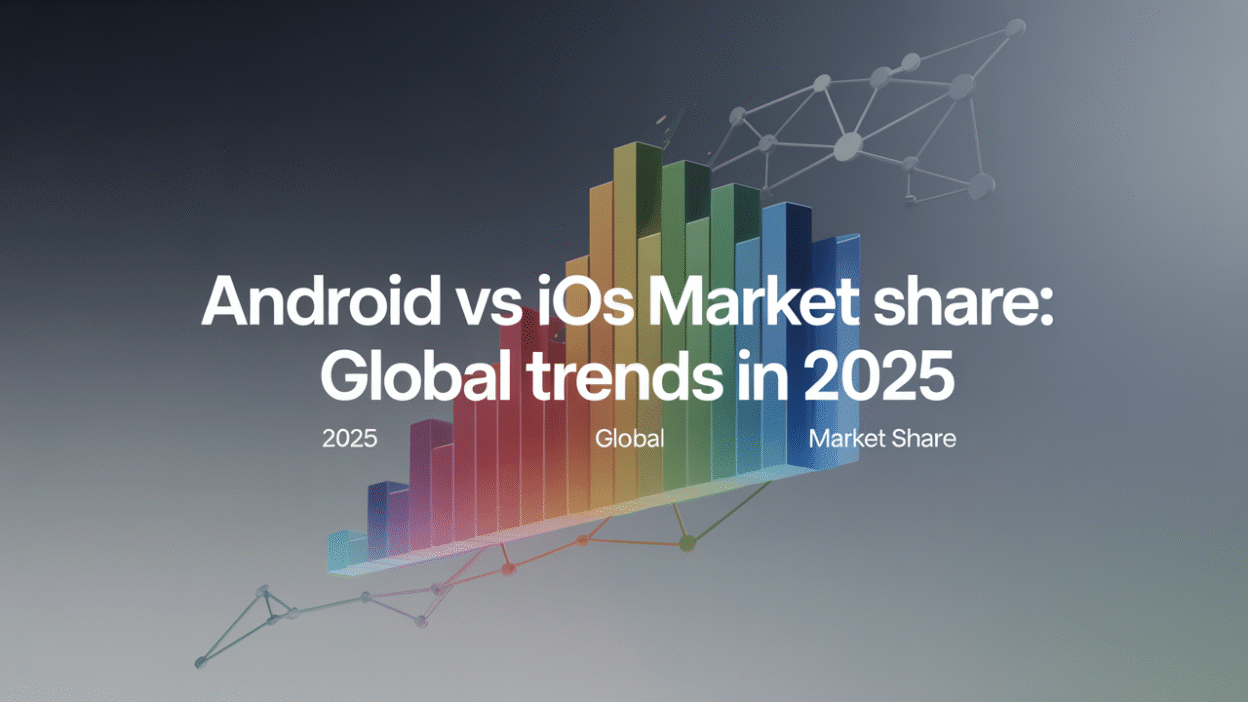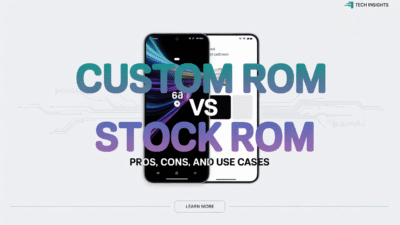When it comes to the ongoing battle between Android and iOS, 2025 has solidified Android’s dominance in terms of global market share. While both operating systems continue to innovate and expand their ecosystems, Android maintains a significant lead across most regions, driven by its diverse range of devices and accessibility.
As of early 2025, Android holds approximately 71% to 72% of the global mobile operating system market share . This figure has remained relatively consistent over the past several months, with some sources reporting slight fluctuations between 70.71% and 72.72% . In contrast, iOS commands around 27% to 29%, with estimates placing its market share between 26.92% and 29.39% depending on the reporting period .
One of the key factors behind Android’s widespread adoption is its availability across a broad spectrum of manufacturers, including Samsung, Xiaomi, Oppo, and Google’s own Pixel lineup. This openness allows Android to cater to a wide variety of price points and user preferences, particularly in emerging markets where affordability plays a crucial role in smartphone purchases .
In the United States, however, the trend flips. iOS continues to hold a strong presence, especially among premium device users. As of late 2024, iOS had a 58.34% market share in the U.S., compared to Android’s 41.27% . This disparity reflects Apple’s entrenched position in North America and its appeal to high-end consumers who prioritize ecosystem integration and long-term software support.
Despite iOS having a smaller global footprint, Apple’s devices tend to generate higher average revenue per user, thanks to premium pricing and a robust app economy. This economic gap remains a critical point of differentiation between the two platforms, even as Android expands its reach .
Regionally, Android dominates in Asia, Africa, and Latin America, where budget-friendly smartphones are more prevalent. Conversely, iOS enjoys stronger performance in North America, Australia, and parts of Western Europe, where brand loyalty and purchasing power favor Apple’s offerings .
The evolution of Android vs iOS market share since 2009 shows a consistent pattern: Android gains traction through volume and variety, while iOS retains a loyal and lucrative user base. In 2025, this dynamic remains largely unchanged, though both platforms are adapting to new trends such as foldable devices, AI integrations, and enhanced privacy features .
In conclusion, Android continues to lead the global smartphone market in 2025, with a firm grip on over 70% of users worldwide. iOS, while trailing in market share, remains a formidable contender due to its influence in key developed markets and its ability to drive high user engagement and spending. Both platforms are evolving rapidly, and their competition is likely to shape the future of mobile technology for years to come.



